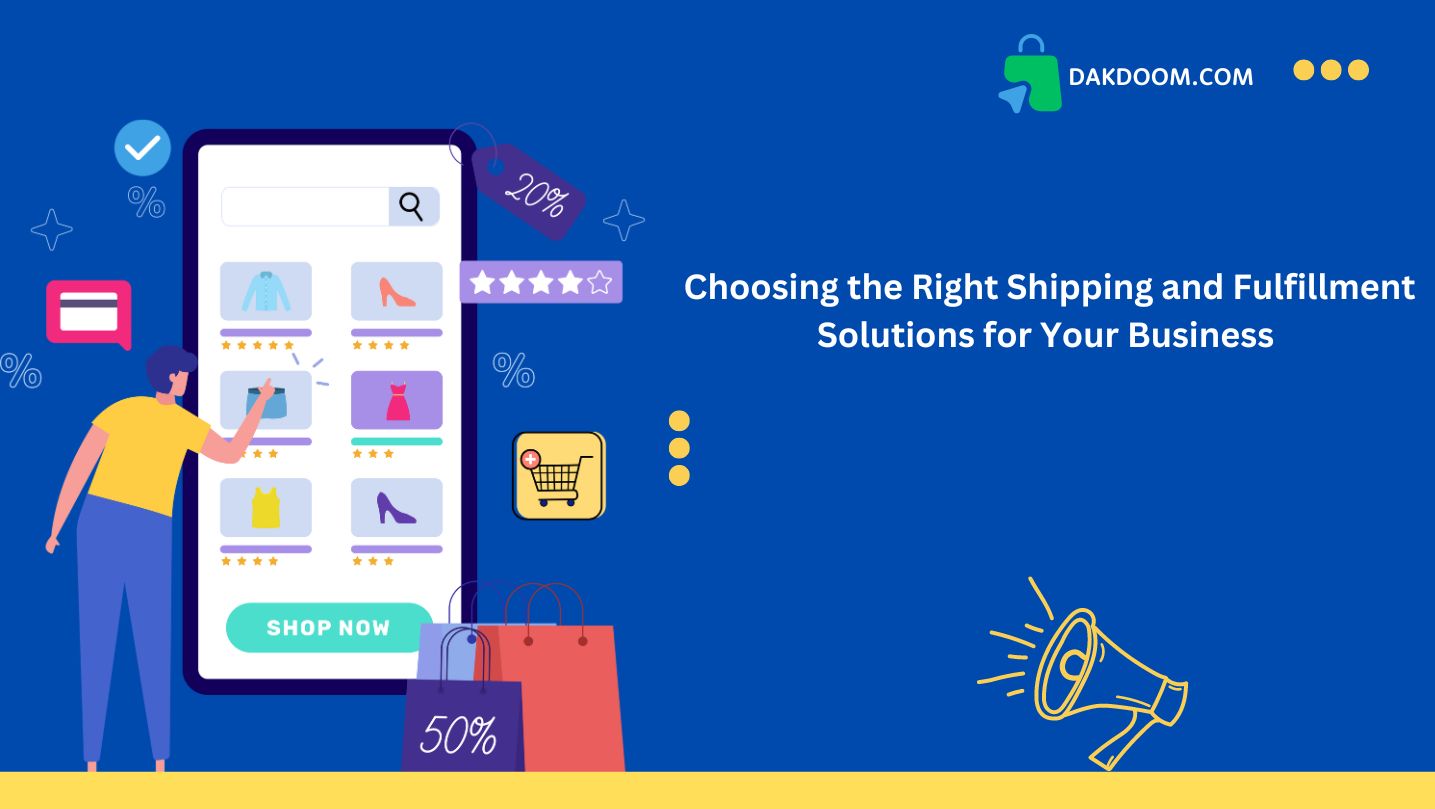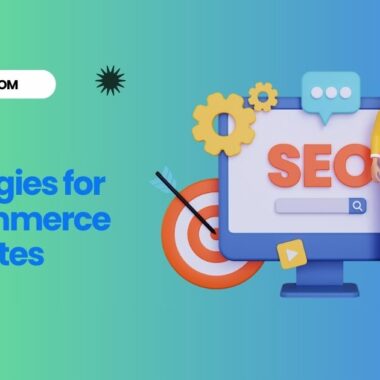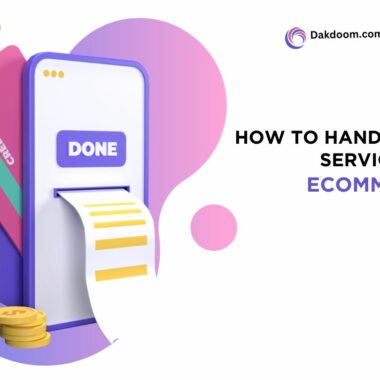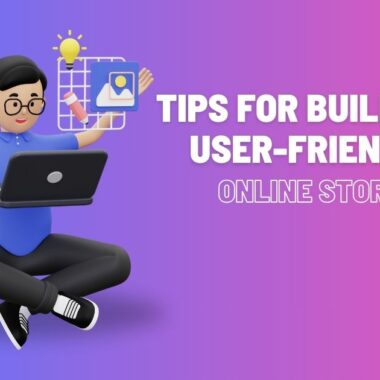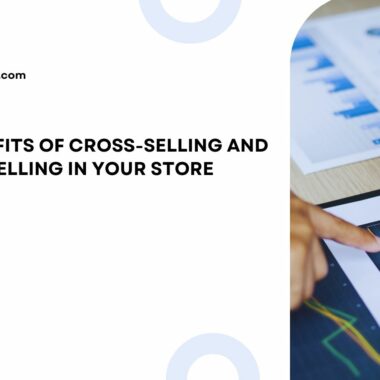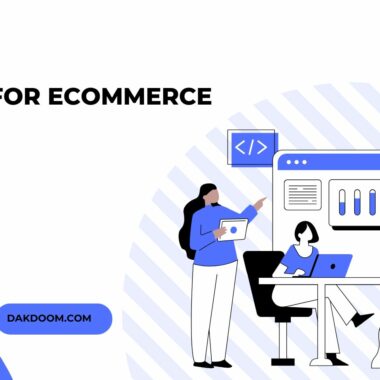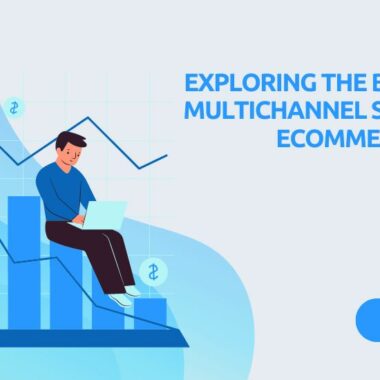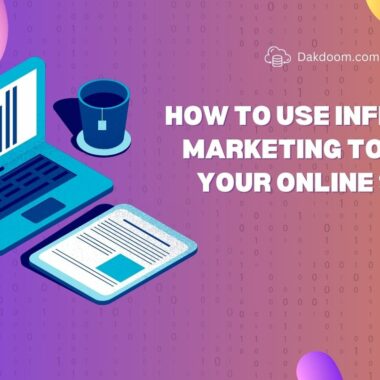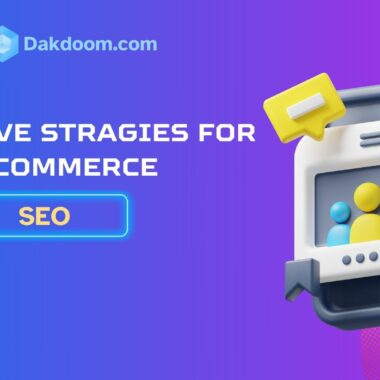Choosing the Right Shipping and Fulfillment Solutions for Your Business
In the world of e-commerce, your choice of shipping and fulfillment solutions can make or break your business. With customer expectations soaring and competition at an all-time high, finding the right solutions is crucial to ensuring timely deliveries, minimizing costs, and providing a seamless customer experience. Here’s a guide to help you navigate through the complexities of shipping and fulfillment to make the best choices for your business.

1. Understand Your Business Needs
Before diving into the array of shipping and fulfillment options, it’s important to assess your business’s specific needs. Consider the following:
- Order Volume: Are you dealing with a high volume of orders, or is your business in its early stages with fewer orders?
- Product Size and Weight: Are your products small and lightweight or large and heavy?
- Geographic Reach: Are you shipping locally, nationally, or internationally?
- Customer Expectations: What are your customers’ expectations regarding delivery speed and shipping costs?
Understanding these factors will help you choose solutions that are aligned with your operational needs and customer expectations.
2. Evaluate Shipping Options
Shipping is a critical component of the fulfillment process. Evaluate different shipping options based on cost, speed, and reliability. Common choices include:
- Standard Shipping: Usually the most cost-effective option, but with longer delivery times.
- Expedited Shipping: Faster than standard, often used for urgent deliveries.
- Same-Day or Next-Day Shipping: Premium options for customers who need their orders immediately.
- International Shipping: Necessary if you’re selling globally; consider customs, duties, and international shipping regulations.
Partnering with reliable carriers like FedEx, UPS, or DHL can provide you with robust shipping solutions and tracking capabilities.
3. Consider Fulfillment Solutions
Fulfillment solutions involve the storage, picking, packing, and shipping of your products. There are a few key types to consider:
- In-House Fulfillment: Managing your own warehouse and fulfillment operations can give you more control but requires significant investment in infrastructure and staffing.
- Third-Party Logistics (3PL): Outsourcing to a 3PL provider can scale with your business needs, offering expertise in warehousing, order processing, and shipping. This is often ideal for growing businesses that want to focus on core activities.
- Dropshipping: In a dropshipping model, you don’t keep products in stock. Instead, you partner with a supplier who ships products directly to your customers. This reduces inventory risk but can impact control over delivery times and product quality.
4. Technology Integration
Integrating technology into your shipping and fulfillment processes can streamline operations and improve efficiency. Look for solutions that offer:
- Order Management Systems (OMS): To track and manage orders seamlessly.
- Inventory Management Systems (IMS): To keep tabs on stock levels and avoid overselling.
- Shipping Software: For automating label creation, tracking, and rate comparisons.
These tools can help you optimize your shipping strategies, reduce errors, and enhance the customer experience.
5. Cost Management
Shipping and fulfillment costs can quickly add up, impacting your bottom line. To manage costs effectively:
- Negotiate Rates: Work with carriers to negotiate better rates based on your volume.
- Optimize Packaging: Use efficient packaging to reduce dimensional weight and shipping costs.
- Monitor Performance: Regularly review shipping and fulfillment performance to identify areas for cost savings and process improvements.
6. Customer Experience
Ultimately, your shipping and fulfillment solutions should enhance the customer experience. Ensure that:
- Shipping Options: Offer a range of shipping options to cater to different customer needs.
- Tracking: Provide customers with real-time tracking information for transparency.
- Customer Support: Offer robust customer support to address any shipping-related issues promptly.
7. Scalability
As your business grows, your shipping and fulfillment needs will evolve. Choose solutions that can scale with your business, whether it’s expanding warehouse space, adding more shipping options, or integrating advanced technology.
In today’s fast-paced e-commerce landscape, the efficiency of your shipping and fulfillment operations is more critical than ever. These components are not just back-end logistics but pivotal factors in your customer satisfaction, operational efficiency, and overall business success. At Dakdoom.com, we understand the complexities involved and are here to guide you through the process of selecting the optimal solutions for your business.
8. Assess Your Shipping Needs
Before diving into shipping and fulfillment options, it’s essential to thoroughly understand your business requirements:
- Order Volume: Are you handling a large volume of orders daily or just starting with a few? High volumes may necessitate more robust systems.
- Product Characteristics: Consider the size, weight, and fragility of your products. These factors influence packaging and shipping methods.
- Destination: Identify whether you’re shipping domestically or internationally, as this will impact carrier selection and compliance with regulations.
- Customer Expectations: Analyze what your customers expect in terms of shipping speed and cost. Do they prefer expedited delivery, or is standard shipping sufficient?
9. Explore Shipping Options
Selecting the right shipping methods can impact your customer satisfaction and overall costs. Here’s a breakdown of common shipping options:
- Standard Shipping: This is typically the most economical choice, suitable for non-urgent deliveries. It offers slower transit times but is a cost-effective solution for many businesses.
- Expedited Shipping: For customers who require faster delivery, expedited options such as 2-day or next-day shipping are available. This is a great way to offer premium service but comes with higher costs.
- Same-Day Delivery: Ideal for urban areas and businesses that need to provide immediate fulfillment. This option is more costly but can significantly boost customer satisfaction.
- International Shipping: If your business has a global customer base, international shipping becomes essential. Be aware of customs duties, import taxes, and regulations specific to each country.
10. Choose the Right Fulfillment Method
Fulfillment methods vary greatly and choosing the right one depends on your business model:
- In-House Fulfillment: Managing your own warehousing and fulfillment operations offers greater control but requires substantial investment in infrastructure and personnel. This option is best for businesses with the resources to manage inventory, shipping, and returns internally.
- Third-Party Logistics (3PL): Partnering with a 3PL provider can streamline your operations by outsourcing warehousing, order processing, and shipping. This model is scalable and allows you to focus on core business activities. Look for 3PL providers that align with your business needs in terms of location, technology, and service levels.
- Dropshipping: This model involves partnering with suppliers who handle inventory and shipping. It reduces upfront investment and inventory risks but can limit your control over shipping times and product quality.
11. Leverage Technology for Efficiency
Integrating advanced technology can enhance your shipping and fulfillment processes:
- Order Management Systems (OMS): OMS software helps you track and manage orders efficiently, ensuring timely processing and accurate fulfillment.
- Inventory Management Systems (IMS): IMS tools enable you to monitor stock levels, manage reorders, and prevent overselling, ensuring you never run out of popular items.
- Shipping Software: Shipping software automates label creation, tracking, and rate comparisons. It can also provide insights into shipping performance and help negotiate better rates with carriers.
`12. Manage Costs Effectively
Cost management is crucial to maintaining profitability while offering competitive shipping options:
- Negotiate Shipping Rates: Engage in discussions with carriers to secure favorable rates, especially if you have a high volume of shipments.
- Optimize Packaging: Use the most cost-effective packaging that still protects your products. Efficient packaging can reduce dimensional weight and shipping costs.
- Monitor and Analyze: Regularly review shipping and fulfillment metrics to identify inefficiencies and areas for cost savings. This data can help you make informed decisions about carrier choices and fulfillment strategies.
13. Enhance Customer Experience
Your shipping and fulfillment strategy directly impacts customer satisfaction. Consider the following:
- Flexible Shipping Options: Offer various shipping choices to meet different customer needs and preferences.
- Real-Time Tracking: Provide customers with tracking information so they can monitor their orders. This transparency helps build trust and reduces inquiries about order status.
- Responsive Customer Service: Ensure your customer service team is equipped to handle shipping-related queries and issues promptly and effectively.
14. Plan for Scalability
As your business grows, your shipping and fulfillment needs will evolve. Plan for scalability by:
- Evaluating Growth Potential: Choose solutions that can grow with your business, whether it’s expanding warehouse space, adding new shipping options, or integrating advanced technology.
- Future-Proofing: Stay informed about emerging trends and technologies in shipping and fulfillment to keep your operations competitive and efficient.
Conclusion
Selecting the right shipping and fulfillment solutions involves a careful balance of cost, efficiency, and customer satisfaction. By understanding your business needs, exploring various shipping options, leveraging technology, and managing costs effectively, you can create a robust shipping strategy that enhances your operational efficiency and meets customer expectations.
At Dakdoom.com, we are dedicated to helping you navigate the complexities of shipping and fulfillment. Explore our range of solutions and let us assist you in optimizing your logistics operations to drive your business success.

